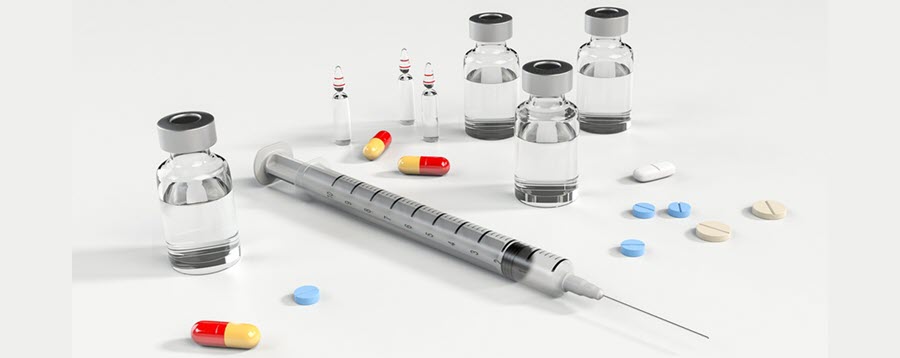
2019 Workforce Positive Drug Tests Highest in 16 Years

The rate of positive workforce drug tests hit a sixteen-year high – reaching 4.5% in 2019, according to a new analysis released by Quest Diagnostics. Although opioid positivity declined across the country, workers in the Midwest recorded dramatic increases in positive tests for cocaine, methamphetamine and marijuana.
Workforce positive drug tests increased significantly in multiple industries
Results of more than 18 million drug test results (between 2015 and 2019), show year-over-year increases in overall workplace drug positivity in 15 of the 17 sectors reported. For 2019, the Retail Trade industry had the highest overall positivity rate (5.5% in 2019) across all five years of the analysis. The Other Services (not including Public Administration) category also had a 5.5% positivity rate in 2019. The Accommodations and Food Service category had the highest workforce positivity for marijuana, at 4.8%, a relative increase of 65 percent over five years (2.9% in 2015 versus 4.8% in 2019).
Marijuana still tops the list
Marijuana remains the most commonly detected illicit substance across all workforce categories (general U.S. workforce; federally mandated, safety-sensitive workforce; and combined. In the general U.S. workforce, marijuana positivity increased nearly 11 percent. In the Midwest, marijuana positivity increased by nearly 14 percent (2.9% in 2018 versus 3.3% in 2019). The West region also outpaced national positivity and saw double digit increases compared to the previous year. Marijuana positivity in the West increased by 24 percent (3.3% in 2018 versus 4.1% in 2019).
“Marijuana continues to be an enduring presence in the U.S. workforce. Changing attitudes toward its use could pose heightened risks especially in safety-sensitive positions and those states exploring legalization,” said Dr. Barry Sample, senior director of science and technology at Quest Diagnostics.
Methamphetamine surge in the Midwest
Over the last five years, methamphetamine positivity in general U.S. workforce testing increased nearly 12 percent (0.17% in 2015 versus 0.19% in 2019). The Midwest region experienced year-over-year increases, driven primarily by double-digit increases in five states. Over the past five years, methamphetamine positivity in the Midwest increased nearly 78 percent (0.09% in 2015 versus 0.16% in 2019). Illinois, Indiana, Michigan, and Ohio increased at least two-fold, while Wisconsin nearly doubled.
Between 2019 and 2018. methamphetamine positivity inched up nearly 6 percent (0.18% in 2018 versus 0.19% in 2019) in general U.S. workforce tests.
Cocaine positives increased in the Midwest and West
Cocaine positivity in the general U.S. workforce testing increased in the Midwest and West regions over the past five years. Cocaine positivity in the Midwest increased by 40 percent (0.20% in 2015 versus 0.28% in 2019) and in the West by 53 percent (0.15% in 2015 versus 0.23% in 2019).
In the West, where cocaine positivity has been historically far lower, cocaine positivity rose from 40 percent below the national rate in 2015 to 14.8 percent below in 2019. These increases in the West were primarily driven by increasing positive results in Colorado (0.19% in 2015 versus 0.30% in 2019), Nevada (0.13% in 2015 versus 0.22% in 2019), and Oregon (0.09% in 2015 versus 0.13% in 2019).
Opiate positivity declined throughout United States
In the general U.S. workforce, positivity for opiates continues to decline across all opiate categories. Codeine and/or morphine declined more than 19 percent (0.31% in 2018 versus 0.25% in 2019). In tests for other prescription opiates, positive results for hydrocodone and/or hydromorphone dropped 26 percent over the past year (0.50% in 2018 versus 0.37% in 2019). Similarly, positivity for oxycodones (oxycodone and/or oxymorphone) declined 21 percent (0.43% in 2018 versus 0.34% in 2019) over the past year and nearly 55 percent over five years.
Positivity rates for heroin continue to decline in general U.S. and federally mandated, safety-sensitive workforce testing. Heroin test results for the general U.S. workforce declined 33 percent (0.03% in 2018 versus 0.02% in 2019) and showed a 50 percent decline since its peak in 2015 and 2016 (0.04%).

